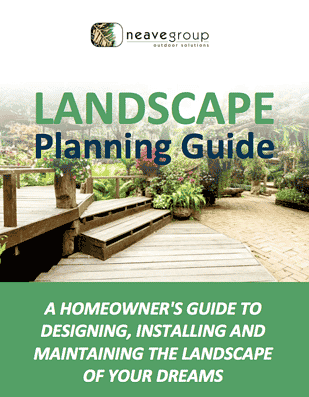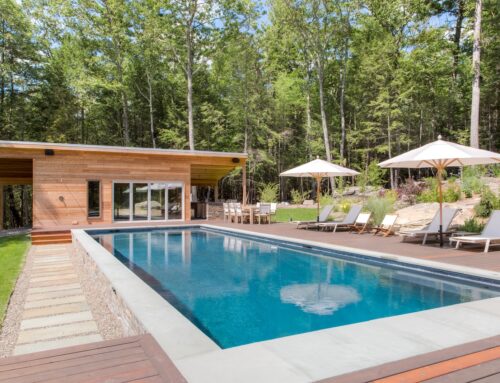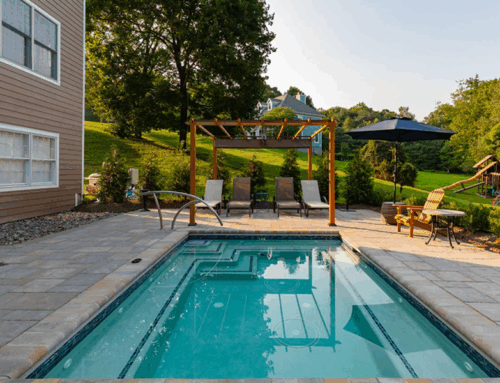Designing a thriving, low-maintenance landscape in The Hudson Valley requires more than just choosing eye-catching plants. With our cold winters, often variable summers, and diverse soil conditions, some plants are simply not a good long-term fit for this region—no matter how appealing they might seem initially.
The wrong plant choice can lead to years of frustration, wasted investment, constant upkeep, and even ecological harm. While invasive trees and shrubs often grab headlines, the list of plants to avoid in The Hudson Valley extends well beyond that. Here’s a closer look at some common plants to avoid in our area—and how Neave Group helps you choose successful alternatives, armed with the full picture of potential problems.
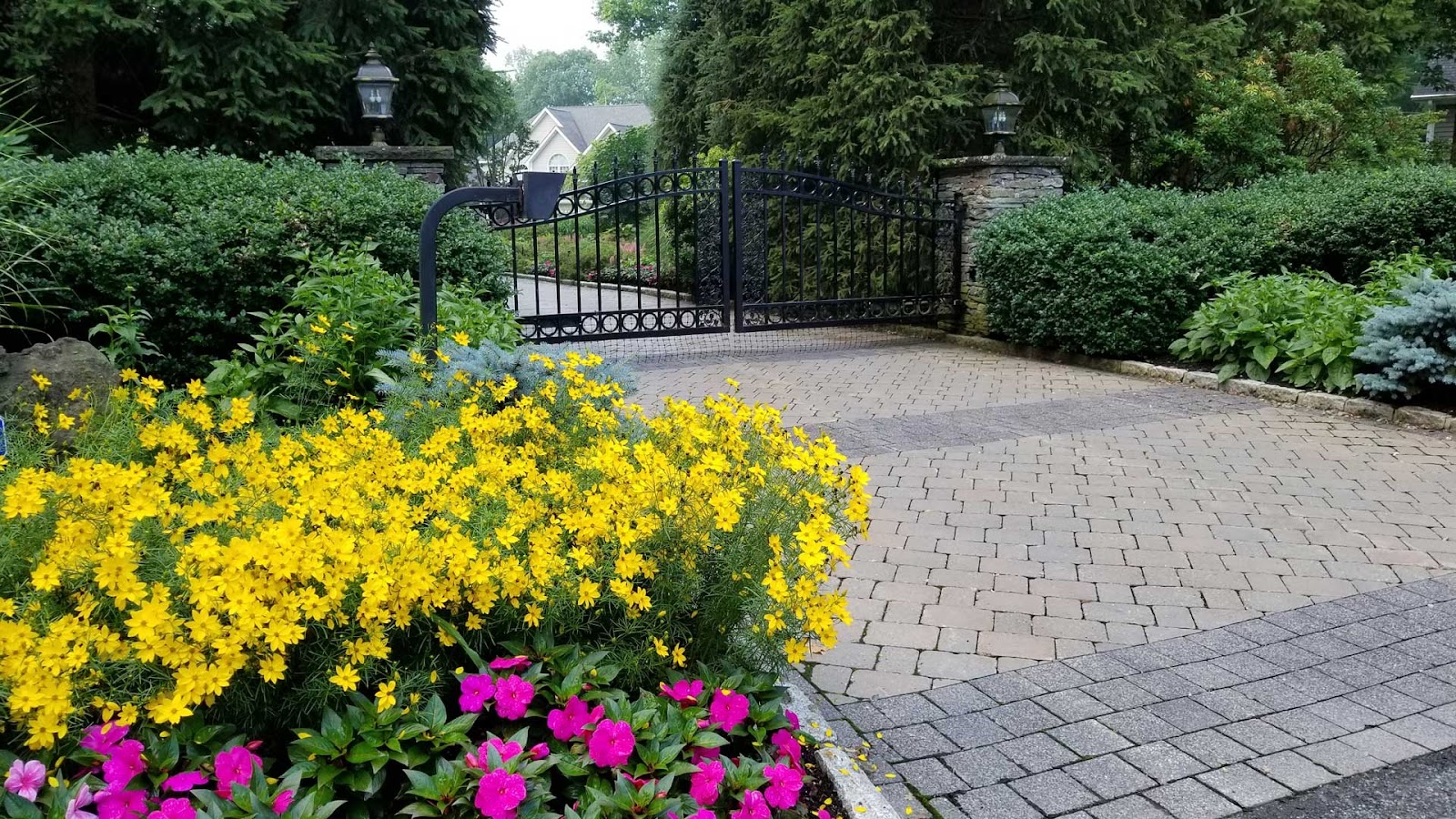
Warm-Climate Plants That Struggle in The Hudson Valley
While tropical plants might offer a fleeting exotic touch to your summer garden, most lack the hardiness to thrive in our shorter growing season. Plants to avoid:
French or Spanish lavender: These less hardy varieties are highly susceptible to root rot in The Hudson Valley’s cold, wet winters, often failing to survive beyond a season or two without significant protection.
Banana plants, tropical hibiscus, and bird of paradise: These warm-climate staples demand long, hot summers to flourish and require overwintering indoors, adding considerable time, effort, and potential stress to your gardening.
Solutions: These plants often underperform, demand extensive protection or seasonal relocation, and their survival is still uncertain. Neave Group’s landscaping solutions help you avoid this disappointment by suggesting regionally appropriate plants that provide the aesthetic you desire—without the high-maintenance demands and winter worries. We guide you toward hardy alternatives like Lavandula angustifolia (English lavender) and native perennials or ornamental grasses that offer lasting texture and visual appeal, even through tough Northeast winters, ensuring your investment thrives year after year.
Sun-Loving Plants That Don’t Get Enough Light
Hudson Valley summers, while sometimes hot, also bring cloudy periods, shade from established trees, and varying daylight hours, particularly in wooded or suburban settings. Plants needing full, direct sunlight for six or more hours daily often struggle to thrive here, and even if you think your yard provides full sun, looks can sometimes be deceiving. Plants to avoid:
Upright rosemary: This herb thrives in sun-drenched, dry soil—conditions The Hudson Valley doesn’t consistently offer. Poor drainage and insufficient light can hinder its growth and increase disease susceptibility.
Succulents and cacti: Most desert-adapted plants require intense sunlight and well-drained, sandy soil. In The Hudson Valley’s often clay-heavy or loamy soils and partially shaded areas, they are prone to rot or etiolation (becoming leggy and weak).
Solutions: Without ample, direct sun, these plants tend to grow weak, pale, or simply fail to thrive. Neave Group’s landscaping experts conduct a thorough analysis of the sunlight patterns across your property. We then provide tailored suggestions for sun-loving plants better suited to local conditions, such as Echinacea, Coreopsis, or native sedums, which offer similar visual appeal but are far more adaptable to our local light levels, ensuring robust growth and vibrant blooms.
Moisture-Loving Plants in Dry Spots
Many plants are labeled as “moisture-loving” or ideal for boggy environments. However, unless your property has naturally wet areas—or you’re prepared for frequent irrigation—these plants can become a significant source of trouble. Plants to avoid:
Japanese iris (Iris ensata): Celebrated for its stunning blooms, this plant flourishes only in consistently damp soils. Dry conditions will quickly stress it and inhibit flowering.
Maidenhair fern (Adiantum pedatum) and Ostrich fern (Matteuccia struthiopteris): While native to the Northeast, they require consistently shaded, moist areas and are not well-suited for open or sunny gardens that tend to dry out quickly.
Solutions: Water-loving plants demand constant moisture and can suffer greatly during The Hudson Valley’s common periods of drought or inconsistent rainfall in the summer. Neave Group carefully matches plants to your site’s specific moisture conditions. If you admire the look of a water-loving plant, our design team can create specialized landscape zones with smart irrigation systems and microclimates to support them effectively—without adding excessive maintenance to your routine and ensuring the plants remain healthy and vibrant.
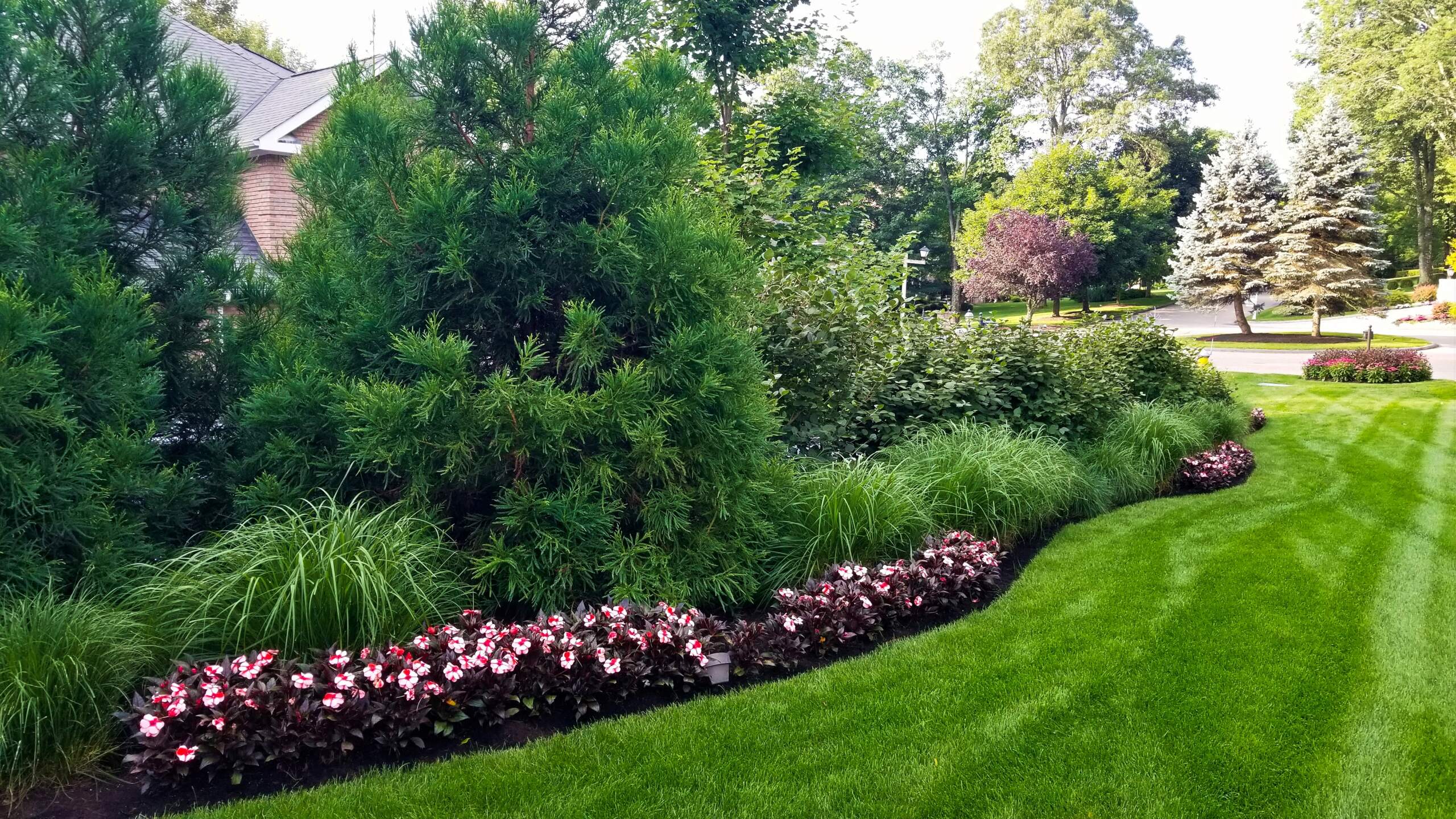
Problematic Trees to Avoid in The Hudson Valley
While trees are essential for a healthy landscape, some are known for structural weaknesses, shallow root systems, or aggressive spreading habits that can cause problems over time—even if they aren’t officially banned in the state. Trees to avoid:
Callery Pear (Pyrus calleryana, including ‘Bradford Pear’): These ornamental trees are valued for their spring flowers and fall color—but their inherently weak, narrow branch angles make them exceptionally prone to severe storm damage, often splitting apart. Furthermore, they are now recognized as highly invasive in many areas, including The Hudson Valley, outcompeting native vegetation. The seeds within their berries contain cyanide and can be toxic if ingested in large quantities, making them dangerous for pets. Due to their invasiveness and structural issues, many places have banned their sale and planting.
White Poplar (Populus alba): With rapid growth and shallow, aggressive roots, these trees frequently cause significant damage to sidewalks, driveways, and underground utilities, leading to expensive repairs. They also sucker prolifically, creating unwanted thickets, and are considered invasive in The Hudson Valley.
Solutions: Problem trees can lead to long-term structural issues, necessitate heavy pruning, become significant liabilities during storms, and, in the case of invasives like Callery Pear and White Poplar, harm the local ecosystem. Neave Group helps you avoid these headaches and ecological damage by recommending strong, native tree alternatives for shade or ornamental value, such as Serviceberry, Red Maple, or Sugar Maple, ensuring a beautiful, resilient, and environmentally responsible landscape for years to come.
Plants That Need Special Soil Chemistry
Some plants have very specific soil pH requirements, needing particularly acidic or alkaline conditions, or require regular enrichment with organic matter to thrive. Unless you are committed to consistent soil testing and amendments, these plants can become high-maintenance disappointments. Plants to avoid:
Blueberries (Vaccinium spp.): While technically native and offering edible fruit, blueberries require very acidic soil (pH 4.5–5.5). Most local soils need repeated and diligent amendment with sulfur or peat moss to meet their needs, making them a labor-intensive option for many and potentially impacting the surrounding soil environment.
Certain hydrangeas (Hydrangea macrophylla): The sought-after blue bloom color in some hydrangea varieties depends on highly acidic soil and the presence of aluminum. Without the correct soil chemistry, you may end up with blooms in shades of pink or white, contrary to your expectations and requiring ongoing soil adjustments.
Solutions: If you are not prepared to regularly monitor and adjust your soil chemistry, it’s best to avoid these more demanding plants. Neave Group can guide you toward hardy perennials or native flowering shrubs that are far less particular about soil conditions, such as Viburnum species or Spiraea species, ensuring a vibrant and successful garden with less specialized care and a more sustainable approach.
Over-Aggressive Spreaders
Some plants appear well-behaved when small but quickly dominate garden beds, outcompete other plants, or even spread into natural areas, disrupting native ecosystems. Whether officially invasive or simply overly vigorous, these spreaders often create more problems than they solve. Plants to avoid:
Mint: A popular herb garden choice—but plant it directly in the ground, and it will rapidly take over the entire space, suppressing other plants. Mint spreads aggressively underground via rhizomes and is extremely difficult to eradicate once established.
Autumn Olive: Once favored for erosion control, this non-native shrub is now recognized as highly invasive. It spreads aggressively via seeds dispersed by birds, disrupts native plant communities, and is challenging to remove, outcompeting native shrubs and trees.
Why avoid them: These plants may require frequent and often arduous pruning, digging, or even chemical control just to keep them within bounds and prevent ecological damage. Neave Group helps you balance your desire for visual interest with practical plant behavior. We offer beautiful, low-maintenance alternatives to aggressive spreaders and can implement effective physical barriers like sunken containers or strategic planting to manage vigorous growers responsibly when absolutely necessary, prioritizing the health of your garden and the local environment.
Plants That Need Constant Water and Feeding
Some plants simply demand too much of your valuable time and resources to maintain their best appearance. Frequent watering, fertilizing, and deadheading, while manageable for a few containers, can become overwhelming in a larger landscape and can lead to increased water consumption. Plants to avoid:
Petunias and Impatiens: These offer bright, beautiful blooms—but often require a demanding watering and fertilizing schedule to maintain their vigor throughout the season, especially during hot Hudson Valley summers. They can also be susceptible to various diseases requiring vigilant monitoring and treatment.
Kentucky bluegrass lawns: This traditional turfgrass creates a lush carpet but requires significant ongoing maintenance in the form of regular mowing, fertilization (often with synthetic chemicals), consistent irrigation, and diligent weed control, contributing to higher water usage and potential environmental concerns.
Why avoid them: High-maintenance plants can be difficult to sustain—especially during hot, dry Northeast summers or if you are aiming to reduce your water consumption and chemical use. If low maintenance is a priority for you, Neave Group’s designers will work with you to select drought-tolerant perennials, ornamental grasses that provide stunning visual interest with minimal care, or clover-based lawn alternatives that bloom beautifully with far less input—saving you both time and money in the long run while promoting a more sustainable landscape.
How Neave Group Helps You Choose the Right Plants for Your Landscape
Every yard in The Hudson Valley has its own unique characteristics. Sunlight patterns, soil composition, drainage, wind exposure, and your personal aesthetic preferences all play a crucial role in determining which plants will truly thrive on your property. That’s why at Neave Group, we believe in providing tailored solutions based on your specific property.
When you partner with Neave Group, our experienced team takes the time to thoroughly assess your landscape and understand your specific goals—whether you envision a vibrant pollinator-friendly garden filled with native species, a sleek and modern aesthetic with low-water plantings, or a colorful low-maintenance retreat that thrives through all four seasons. We’ll recommend plant selections that aren’t just suited for THe Hudson Valley’s climate—but are precisely tailored to your yard’s unique conditions and your individual taste, ensuring long-term health and beauty.
And we don’t just stop at planting. Neave Group also offers ongoing landscape maintenance to ensure your investment continues to look its best. From seasonal cleanups and expert pruning to integrated pest management using environmentally conscious practices and soil health management, we help protect the health and beauty of your landscape year-round—so you can enjoy your outdoor space without the stress and with the peace of mind that it’s being cared for responsibly.
Contact us today to schedule your landscape consultation and plant smarter with Neave Group.

